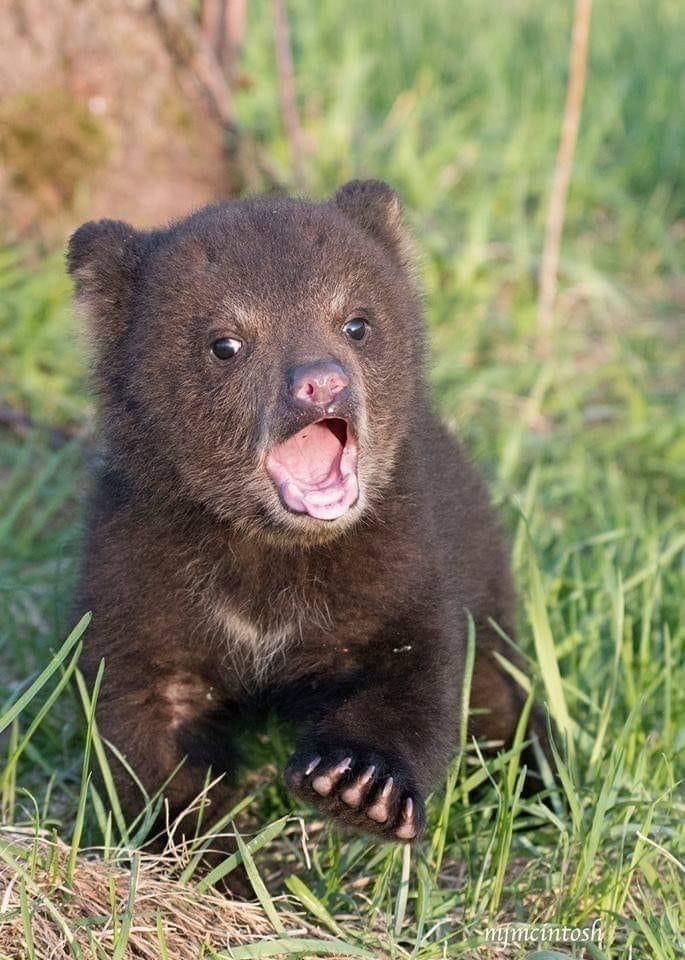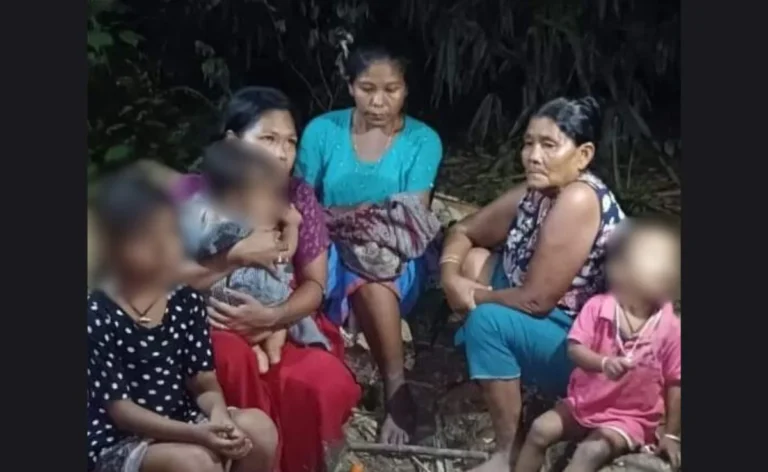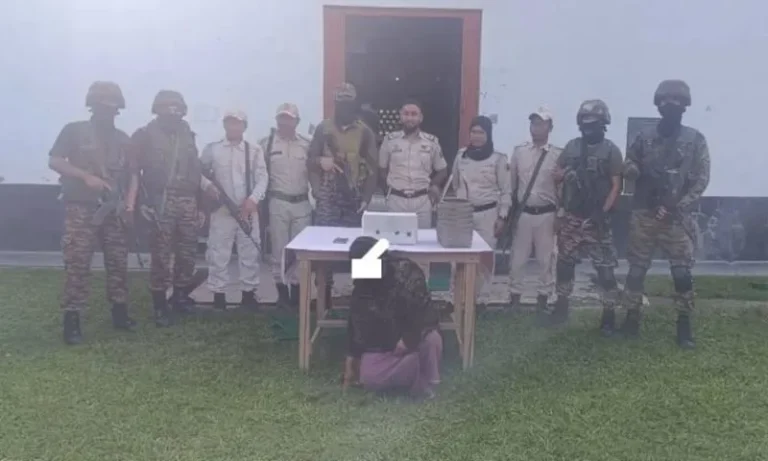Rescued Himalayan Bear Cubs: A Beacon of Hope for Wildlife in Manipur
Short Summary of the News Article
Two Himalayan black bear cubs—around three months old—were rescued by the Deputy Commissioner of Tamenglong district, Angshim Dangshawa, from Kadi village in Tamei sub-division, Manipur on June 29, 2025. Following immediate veterinary care, they were transferred to the Manipur Zoological Garden in Imphal West district. Under the watchful care of Dr. L. Saratchandra Singh and forest officials, they are reported to be in good health. The Himalayan black bear (Ursus thibetanus laniger), locally known as ‘Saom,’ is listed as Vulnerable on the IUCN Red List and is protected under India’s Wildlife Protection Act, 1972 (Schedule I)
Introduction: A Majestic Rescue in the Hills
Hey there, wildlife lovers! Picture this: lush green jungles in Tamenglong district, echoes of chirping birds, and suddenly—two tiny, trembling bear cubs caught in the fragile web of the wild. That was the scene on June 29, 2025. In an inspiring act of compassion, officials rallied to rescue them, marking yet another moment when humanity and nature came together in harmony.
The Himalayan black bear, affectionately known as Saom in Manipuri, is more than just a local nickname. This vulnerable species relies on efforts like these to survive in our changing landscapes. Stick around to explore why this rescue matters, how it happened, and what comes next in their journey—and ours.
1. Meet the Cubs: Tiny Ambassadors of the Wild
These bear cubs are the real deal—three-month-old mini-versions of one of the most powerful creatures in the Himalayan foothills. Although they’re pint-sized, their species carries the weight of ecological importance and cultural symbolism.
- Species Snapshot: Ursus thibetanus laniger, a subspecies of the Asiatic black bear, sporting a distinctive white chest patch.
- Local Legend: In Manipur, these bears go by Saom, rooting them deeply in local folklore.
- Conservation Status: Listed as Vulnerable on the IUCN Red List and protected under Schedule I of India’s Wildlife Protection Act, 1972 .
Picture these cubs as furry conservation ambassadors—they may be small, but they carry huge importance for biodiversity and community awareness.
2. The Rescue: A Symphony of Coordination
So how did two cubs in remote Tamenglong wind up at a zoo in Imphal? Here’s an insider look:
- Discovery
Deputy Commissioner Angshim Dangshawa received tip-offs from villagers in Kadi, alerting him to the cubs’ plight. - Swift Action
Forest officials, led by DFO Kharibam Hitler Singh and RFO Joy Gangmei, mobilized immediately. Guided by compassion and protocol, they secured the cubs safely. - Medical Check-Up
District veterinary teams provided first-aid and assessed the cubs, ensuring they were stable and ready for transfer. - Care Transfer
The cubs were officially handed over to the Manipur Zoological Garden, welcomed by Dr. L. Saratchandra Singh and zoo vet staff.
This rescue shines like a beacon—proof of what happens when leadership, wildlife officials, and communities work together with purpose and respect.
Manipur Zoological Garden: More Than Just a Zoo
Let’s shine a spotlight on the zoo itself:
- Wildlife Haven: Beyond public displays, the zoo focuses on rehabilitation and conservation.
- Veterinary Excellence: Dr. L. Saratchandra Singh and team bring serious expertise to the table.
- Public Engagement: Schools, local communities, and media outlets actively learn from its work.
- Eco-Education Hub: From guided tours to workshops, it’s a cornerstone in wildlife education.
Their role is akin to a combo of hospital, sanctuary, school, and guardian—all under one roof.
Conclusion: A Story of Compassion That Echoes
Two tiny cubs stepping into a brighter future—this isn’t just wildlife news; it’s a human story. It echoes compassion, collaboration, and a will to preserve. From Tamenglong hills to Imphal zoo, it’s a journey of hope and responsibility. Let’s keep the momentum rolling. Because these cubs aren’t just rescued—they’re reminders: when we step up, nature’s symphony plays on.
Frequently Asked Questions (FAQs)
- Why are Himalayan black bears considered Vulnerable?
Due to habitat loss from deforestation, fragmentation, and human encroachment, which reduce available living space and food sources. - How are rescued cubs treated at the zoo?
They’re given immediate medical assessments, quarantined, fed a tailored diet, monitored for behavior, and eventually housed in enriched enclosures to mimic natural habitats. - Can these cubs ever return to the wild?
It depends on their health and behavioral adaptability. If fit, they may be rehabilitated and released; otherwise, they may live in sanctuary or participate in breeding programs. - What legal protection do these bears have?
They’re protected under Schedule I of India’s Wildlife Protection Act, 1972, offering the highest level of protection against poaching and trade. - How can I support wildlife conservation in Manipur?
Spread awareness, donate to NGOs, volunteer in local initiatives, support wildlife-friendly agriculture, and raise your voice for conservation policies.



